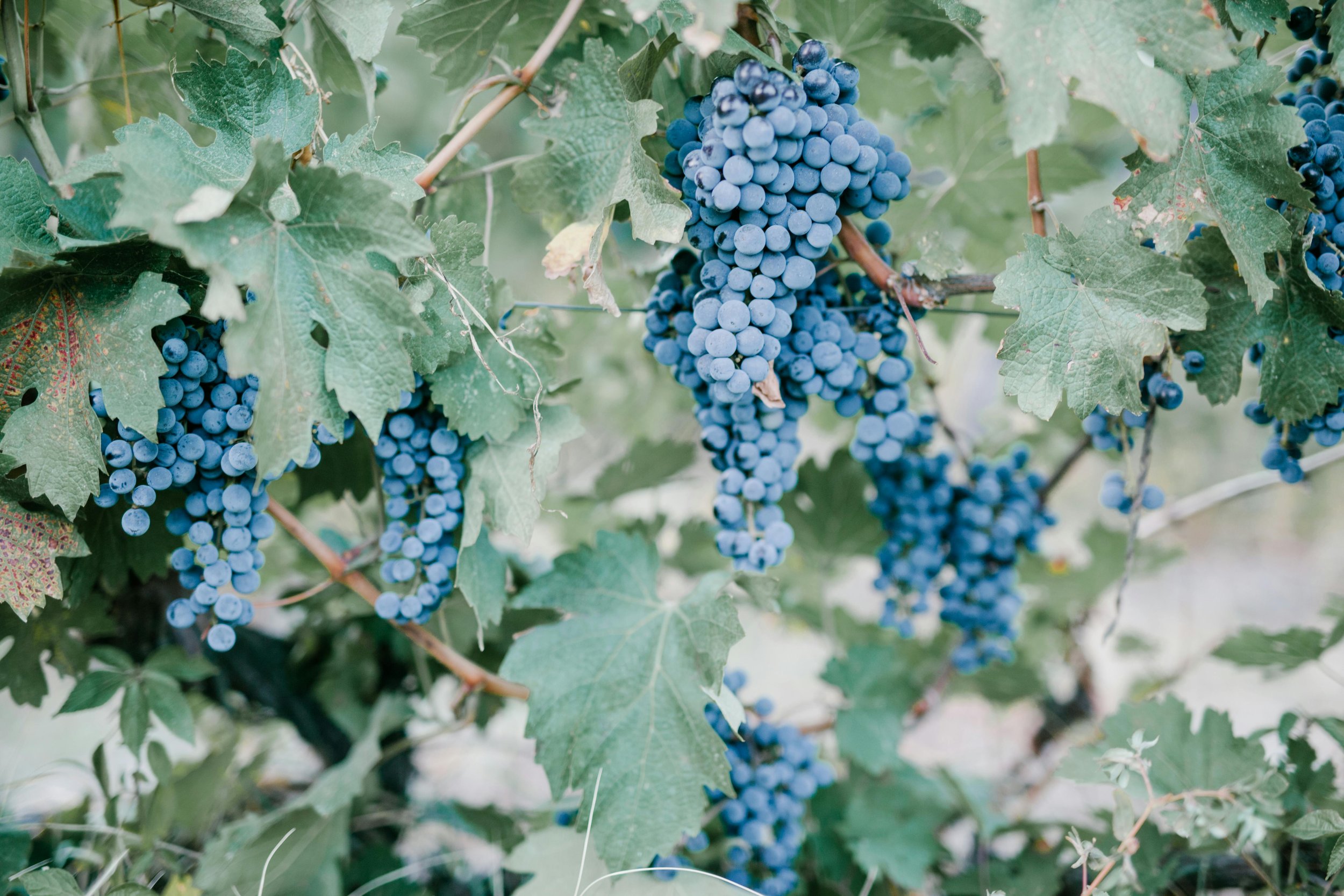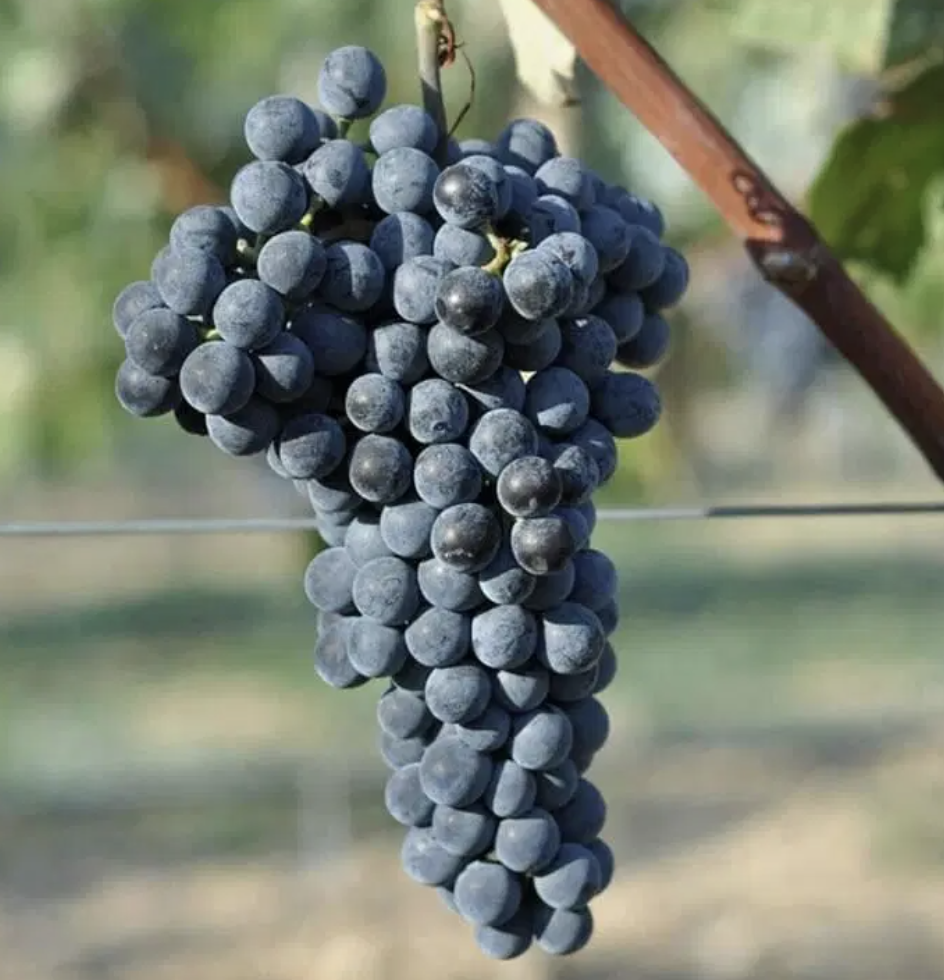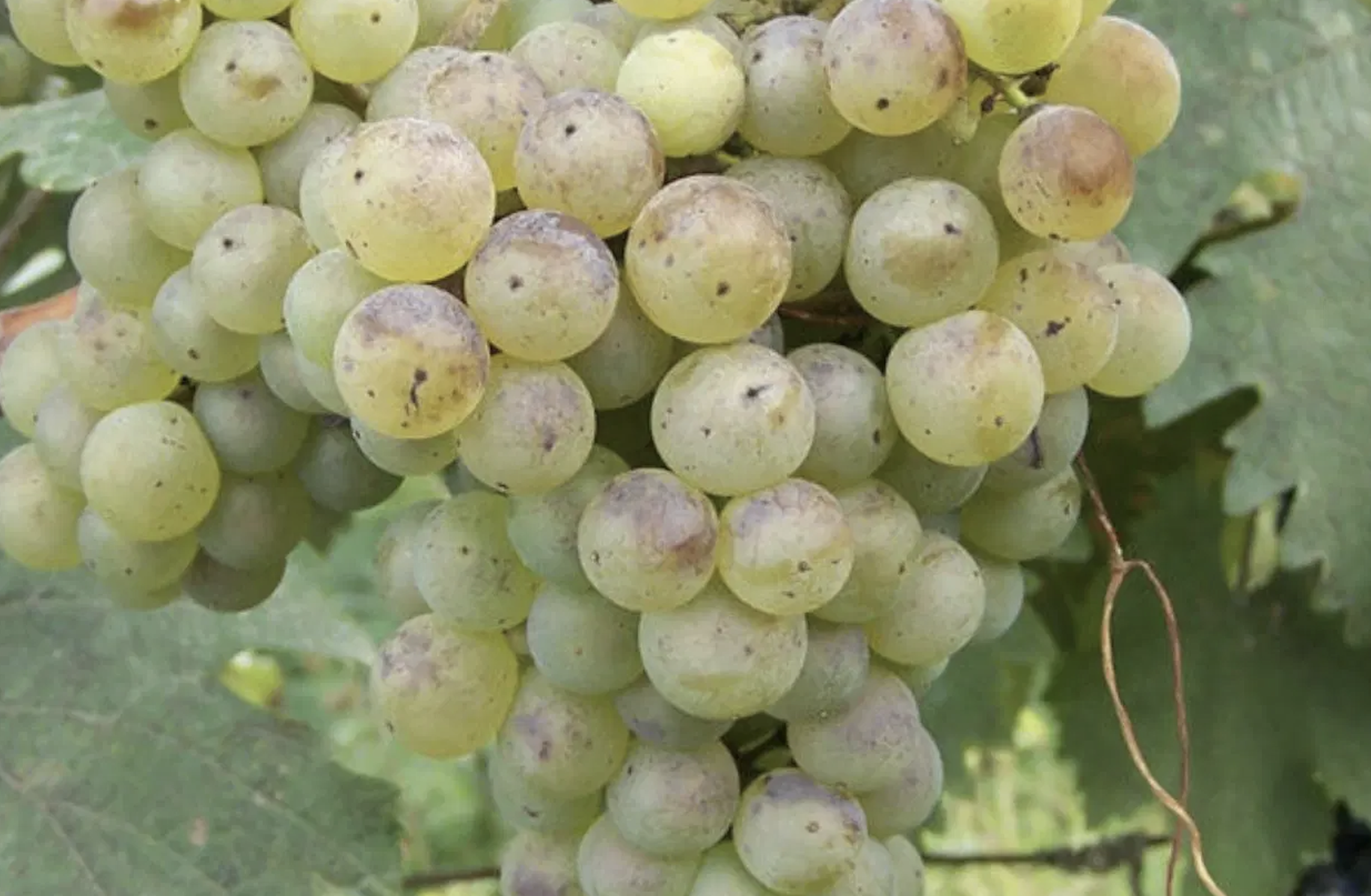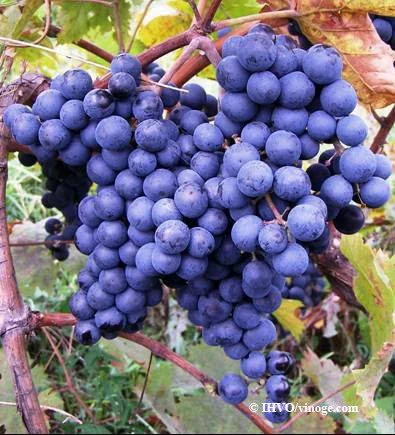
Grape Varieties
Georgian grape names are nearly always descriptive of their appearance or flavour, reflecting the historic widespread viticulture of the country. Georgia has at least 500 native varieties, but most were almost wiped out during Soviet times, when consolidation and efficiency replaced the naturally diverse, regional and individualistic Georgian wine culture. Today, around 45 varieties are commercially produced, but the Georgian government is on a mission to save and reintroduce the old grapes. In summer 2014, the National Wine Agency started by giving over 7,000 plants of ‘obscure’ varieties to growers around the region, and this had steadily increased over subsequent years.

-
![]()
Aladasturi
Another vine named for its presumed origin (the village of Aladast, in Guria), Aladasturi vines were widespread throughout central Georgia but were largely wiped out by phylloxera. Originally trained to grow up trees, now it is mostly trained in a free-standing double-caned system developed in Georgia. Aladasturi does best in loose, well-aerated soils, with substantial lime content, often located on the lower parts of hills.
-
![]()
Chinuri
Iv. Javakhishvili, an early 20th Century historian, argued that Chinuri’s name derives the old Georgian word “chini” (reddish-green), but commentators now contend it comes the Georgian word “chinebuli” meaning “excellent” or “the best” in this instance referring to the grapes superb appearance, colour, and flavour. Indeed, some producers even call the variety “Chinebuli.” Regardless, when ripe, the grapes do blush a red-yellow-green.
-
![]()
Chkhaveri
A western Georgian variety, Chkhaveri is mostly planted near the Black Sea coast in Adjara and especially in Guria, but also in Imereti. Chkhaveri originally was a “maghlari” wine, a vine trained to grow up trees. This pinkish-violet variety is sensitive to site and needs careful attention to give quality fruit.
-
![]()
Jani
The name means “powerful” and this high-quality grape was once the prize vine of Guria until plantings were lost to phylloxera. In the early 20th century, using a low training system and American rootstocks, farmers began to rebuild their vineyards, but these, too, were destroyed by various disruptions throughout the tumultuous century.
-
![]()
Khikhvi
The origins of Khikhvi’s name are unknown, but it grows widely in eastern Georgia, especially in Kakheti it originated. Most plantings are on the East-Southeast reaches of the province, on the right bank of the Alazani River, and there are some plantings in Kartli. The vine sports large leaves, which are three-lobed, circular and almost round. Its medium-sized bunches are conical, winged, and somewhat loose, with medium-sized, greenish-yellow, thin-skinned berries.
-
![]()
Krakhuna
Krakhuna is indigenous to Imereti in western Georgia – the name means “crispy” in Imeretian dialect. It is grown in the central part of the province, around Sviri, Obcha and Dimi. Its bunches are of medium size, dense and conical, with thin-skinned berries. Depending on the meteorological conditions of its site, Krakhuna tends to bud mid-season, and ripens later (late September in Imereti). It grows well on various types of soils, produces moderate to high yields, and accumulates sugar easily while retaining its acidity.
-
![]()
Goruli Mtsvane
Goruli Mtsvane (pronounced Go-roo-lee Mah-ts-vah-nay) may not be as well known as its white counterparts Rkatsiteli or Kisi, but its well worth seeking out. Goruli Mtsvane originates from Kartli, one of the five key winemaking regions in Georgia. The Kartli vineyards are located in the river basins, hundreds of meters above sea level, bisected by the river Kura. In the past, this grape was co-fermented with the delicate red grape, Tavkveri, making a wine known as Khidistauri. Lagvinari makes an excellent Goruli Mtsvane.
-
![]()
Mtsvane Kakhuri
This name means “green Kakheti,” and is usually called simply “Mtsvane” (Green). Mtsvane Kakhuri is one of six different Mtsvane that grow throughout Georgia, each with a different DNA fingerprint, and each named for the origin of its growth. Older than Rkatsiteli, Mtsvane Kakhuri’s five-lobed leaves are dark green and funneled; the medium-sized bunches can be quite dense, sometimes with one shoulder and medium-sized berries.
-
![]()
Otskhanuri Sapere
Otskhanuri Sapere means “Otskhana’s colourful.” Otskhana is a village in western Georgia. One of the oldest Georgian varieties, Otskhanuri Sapere grows only in the western part of the country, mostly in Racha-Lechkhumi and Imereti. Otskhanuri Sapere has medium size leaves with three or five lobes; the teeth are triangular with sharp tips. Its medium-sized bunches are cylindrical-conical, composed of various-sized small and medium round berries.
-
![]()
Rkatsiteli
Rkatsiteli means “red stem”, and is the sturdy workhorse of white grapes in Georgia. It is cultivated throughout its native Kakheti, and in Kartli. Rkatsiteli is disease resistant, and ripens reliably. It is responsible for high-volume, good value whites, but also for high quality examples, especially in skin-fermented Qvevri wines. In key sites Rkatsiteli produces charming and aromatic wines, as for example in the zones of Akhmeta-Ikalto, Kondoli, Tsinandali, Kisiskhevi, Vazisubani and Mukuzani.
-
![]()
Shavkapito
Meaning “vine with a black cane,” Shavkapito originated in Kartli, in eastern Georgia. Its medium-sized, conical bunches typically have wings and moderate density. The round, medium-sized berries are round and dark blue. Shavkapito tends toward a bud-burst in the last third of April and ripens in the second third of September (mid-season). It has average susceptibility to most pests or diseases, and is a moderate to high-moderate yielder.
-
![]()
Tavkveri
This red grape, evocatively named “hammerhead,” for the flat top of the bunch itself, is indigenous to Kartli but also grown in Kakheti. Tavkveri grows well in deep clay and sandy soils. Tavkveri can bud the end of March through middle April, and matures between the end of August through to the middle of September. Its bunches are big and compact with broad shoulders; the grapes are round, somewhat large, and dark blue. Tavkveri is highly susceptible to downy mildew, European grapevine moths, and spider mites.
-
![]()
Tsolikouri
The leading white grape of western Georgia, Tsolikouri originates in Kolkheti (ancient Colchis, the land of the Golden Fleece). The origins of its name are uncertain. The vine has medium-sized, conical bunches. The round, yellow-green berry itself is relatively thick-skinned, and thus is resistant to the primary fungal diseases, making it suitable for the more humid climate in western Georgia.
On the blog
If Sarah Abbott MW has her way, Saperavi will soon be as familiar a grape as Shiraz. “It makes soulful tasting wines”, she says. Saperavi is Georgia’s hero grape variety. One of only a handful of grapes world-wide with highly-pigmented red flesh as well as skins, the name translates as ‘to dye’. Saperavi is the perfect flagship grape for a country which has 525 indigenous varieties catalogued.
Jani was very nearly lost to the phylloxera outbreak of the late 19th century. How appropriate that the name ‘Jani’ means ‘powerful’ – because it took great power and determination to bring this grape back from the brink of extinction.
If Rkatsiteli is the white grape of eastern Georgia, then Tsolikouri is the white grape of western Georgia. Pronounced sol-li-kori, Tsolikouri is planted throughout Imereti. The region is packed with small producers producing traditional-Georgian-style wines, with the result that some of the country’s most exciting grape varieties are found in this area – including Tsolikouri.
Chkhaveri is a rare but fascinating grape. It was originally a “maghlari” vine, trained to grow up trees, and was described in Ampelography of Georgia as ‘light and pleasant’. Published in 1960, this book is considered one of the most influential books in Georgian winemaking – though nowadays winemakers think such an interpretation of Chkhaveri is not sufficient.
With short bursts of sunlight in London, thoughts turn to spring/summer- the delicious lighter foods and drinks we can enjoy in the sunshine. Dzelshavi is fondly referred to by many Georgian Wine aficionados as a ‘summer wine’. That’s because the wines produced by this thin-skinned grape are light, fresh and lively.


















